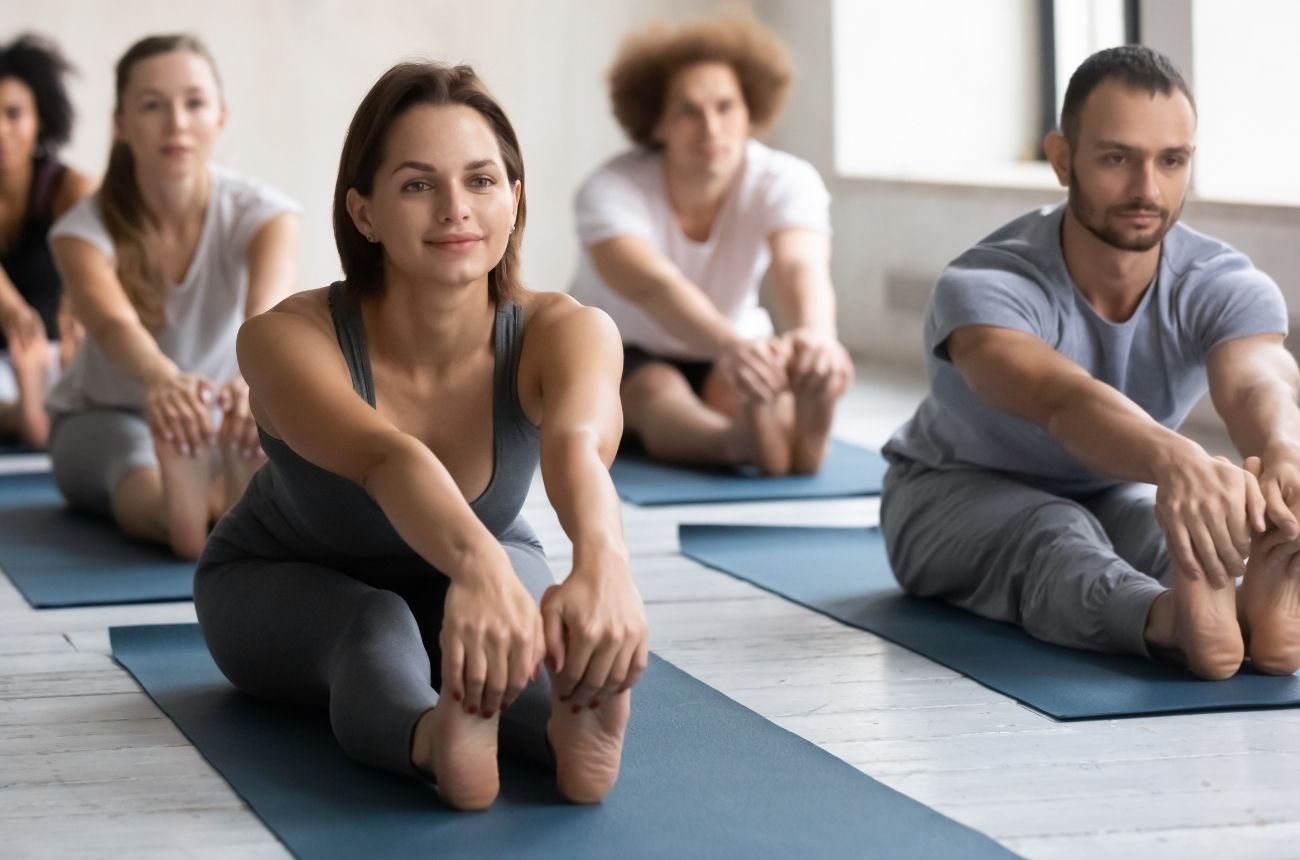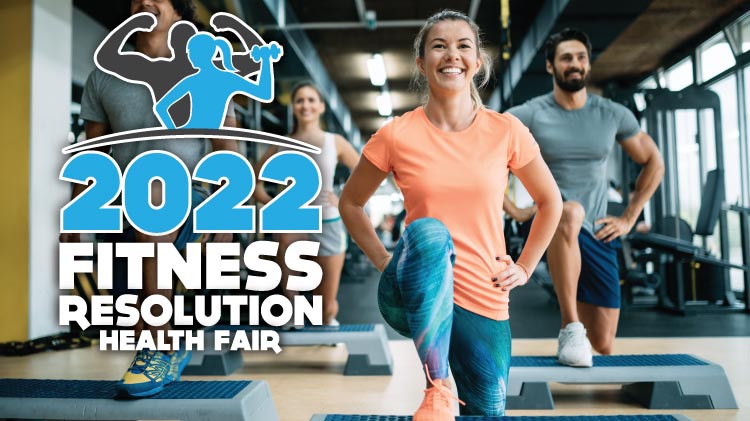
Not every cyclist needs to be certified. If you are looking for a job or want to learn more about the industry, getting the proper training is a great idea. Cycling can be a great option for many people. It can help people stay fit and maintain their immune system. There are many different certifications to choose from. You need to pick the right one for you and your financial situation.
The American Sports & Fitness Association is one of the most popular providers of cycling certifications. The Association offers national recognition programs. The Association offers a mobile-friendly certification program. The program is designed to give instructors the knowledge needed to teach cycling classes and provide members with an effective exercise program. The program includes a NCCPT approved exam.
The Athletics and Fitness Association of America has been certifying professionals in health and fitness for over 40 year. The organization prioritizes the value of human movement and provides nationally-recognized guidelines. The AFPA certification teaches instructors the proper warm-up and cool-down techniques, the proper cycling positions, and common biking injuries. The bonus videos include 30 videos that will help you to better understand the material.

The National Trainers Exercise Association is a non-profit association that promotes interactive training programs. The NTAA offers several types of cycling certifications. The 22-week program is based around periodization and can be taught by graduates.
The Life Time Academy Indoor Cycling Instructor Certification is a comprehensive program that teaches the fundamental skills necessary to lead an engaging class. It includes both online and hands-on learning. The course covers basic components of a bicycle class, such as proper positioning, cadence and power. It also covers practical steps for creating class plans. The course is suitable for many participants.
The Life Time Academy Indoor Cycling Instructor course is designed for those who want to learn the basics of indoor cycling, as well as teach proper techniques and help them build a career. This program offers hands-on, online, and classroom learning. The course covers a range of topics, from bike set-up to teaching with power. The course includes homework assignments that allow students to apply the knowledge they've gained. This program is for experienced and new instructors alike.
Life Time Academy Indoor Cycling Instructor certification is taught by experienced instructors. This course covers all aspects of coaching, power training, cycling science and more. This course also covers how to design a profile, how to cue, and how to train with resistance. This course is intended to teach a range of skills including power teaching, cueing and motivation.

The Spin(r) instructor certification is an in-depth program that helps instructors teach students to ride the bike with power and control. It covers a wide range of topics such as proper positioning and cadence. The certification can be obtained in live and virtual formats. On-demand formats are also available. You can also choose from a range of recertification options. The program also provides a payment plan option.
FAQ
Why is it important to get enough rest?
A healthy lifestyle requires sleep. Your body needs sleep to heal itself from daily stressors. Get enough sleep every night to be able to function well throughout the day.
How exercise and nutrition can help you to have a better life?
Exercise can help you lose weight, gain muscle mass and reduce stress. Nutrition is crucial for your energy, mood, health, and sleep. You can live longer if you eat less meat and moderate alcohol intake, quit smoking, and engage in regular physical activity.
What are Resistance Training Exercises?
Resistance training can be done with weights or other objects. For example, lifting weights strengthens your arms, shoulders, chest, back, legs, and core. Resistance training helps build muscle mass and bone density. It also promotes overall strength.
What does exercise do for your body?
Exercise can help you lose weight. Build muscle mass, increase energy, reduce stress, and improve quality of your sleep. Exercise is good for your mood, self-esteem, productivity, and heart health.
How many hours should I sleep each night?
The recommended sleep amount varies based on age, gender, individual needs, and other factors. Most adults require between 7 and 9 hours of sleep each night. Children and teens typically need between 7 and 9 hours of sleep each night. However, this number drops as they get older.
Is it safe for me to exercise in cold temperatures?
When possible, exercise outdoors. While the air temperature is a major factor in determining whether or not it's safe to exercise outside, it's not the only one. Other factors include visibility, humidity, precipitation and wind speed. Layers of clothing are recommended to protect against wind chill and rain when exercising outdoors in inclement weather.
What happens if there isn't enough sleep?
If you don't get enough sleep, your brain doesn't receive the signals needed to regulate hormones and chemicals in regulating appetite and metabolism. You may also gain weight and overeat. You may also feel stressed, which can lead you to overeating.
Statistics
- In high-income countries, 26% of men and 35% of women were insufficiently physically active, as compared to 12% of men and 24% of women in low-income countries. (who.int)
- One study showed that adults who watch more than 4 hours of television daily had an 80% higher risk of death from cardiovascular disease. (heart.org)
- Globally, 81% of adolescents aged 11-17 years were insufficiently physically active in 2016. (who.int)
- Physical activity confers the following maternal and fetal health benefits: a decreased risk of pre-eclampsia, gestational hypertension, gestational diabetes (for example, 30% reduction in risk) (who.int)
External Links
How To
How to Lose Belly Fats More Fast
When we are trying to lose weight, belly fat is often seen as a problem. However, Belly Fat can be beneficial if you really think about it. It is the fat in your stomach that protects your organs. Let's find out how to lose belly fat quickly.
Lack of exercise and stress are the main reasons we store body fat. Because of its stimulation of the production hormone cortisol, stress can make us feel hungry continuously. Cortisol is responsible for an increase in insulin levels. The insulin then stores extra calories as fat. The release of adrenaline from our bodies causes increased appetite. These extra calories can be broken down by exercising.
There are many ways to reduce belly fat. You can try any one of them depending upon your budget. Here are some quick tips to get rid of belly weight.
-
Eat less food. Eat smaller meals throughout the day rather than eating three big ones. This way, you'll consume fewer calories overall.
-
Drink plenty of fluids. Water flushes out toxins and keeps you hydrated. You won't overeat if you drink water before you eat.
-
Avoid snack foods that are unhealthy. If you're looking for quick fixes, snack foods like chips, cookies, candies, etc. Although tempting, they can be very unhealthy. But avoid these fattening treats as they contain lots of empty calories and too much sugar. Instead, opt for healthy alternatives such as fruits, vegetables and whole grains.
-
Strength training should be performed at least 3 times per week. Strength training helps build muscle mass, which means that you can burn more calories even when you are resting. Strengthening your bones, muscles as well ligaments, joints, tendons, heart and lungs.
-
Walking or stretching is a good habit to do regularly. Stretching improves flexibility and mobility which can reduce back pain. Walking is great for burning calories.
-
Reduce alcohol intake. Avoid alcohol.
-
Reduce your weight gradually. The first step towards losing weight is to identify what your current weight is. Calculate your ideal weight by adding approximately 5% to 10% of the total weight. Once you have established your ideal weight, reduce your daily calorie intake by 500 to 1000 calories each day until you achieve your goal.
-
Avoid processed foods. These foods are high-in salt, sugar, as well as preservatives. Although they are convenient, processed foods don't have enough nutrients to sustain your health.
-
Don't skip breakfast! Breakfast is good for your concentration, memory, and energy. Include protein (like eggs) and fiber, like oats, in your breakfast.
-
Have regular bowel movements. Constipation and irregularity can cause gas and bloating. Drink plenty of water to prevent gas and fiber ingestion.